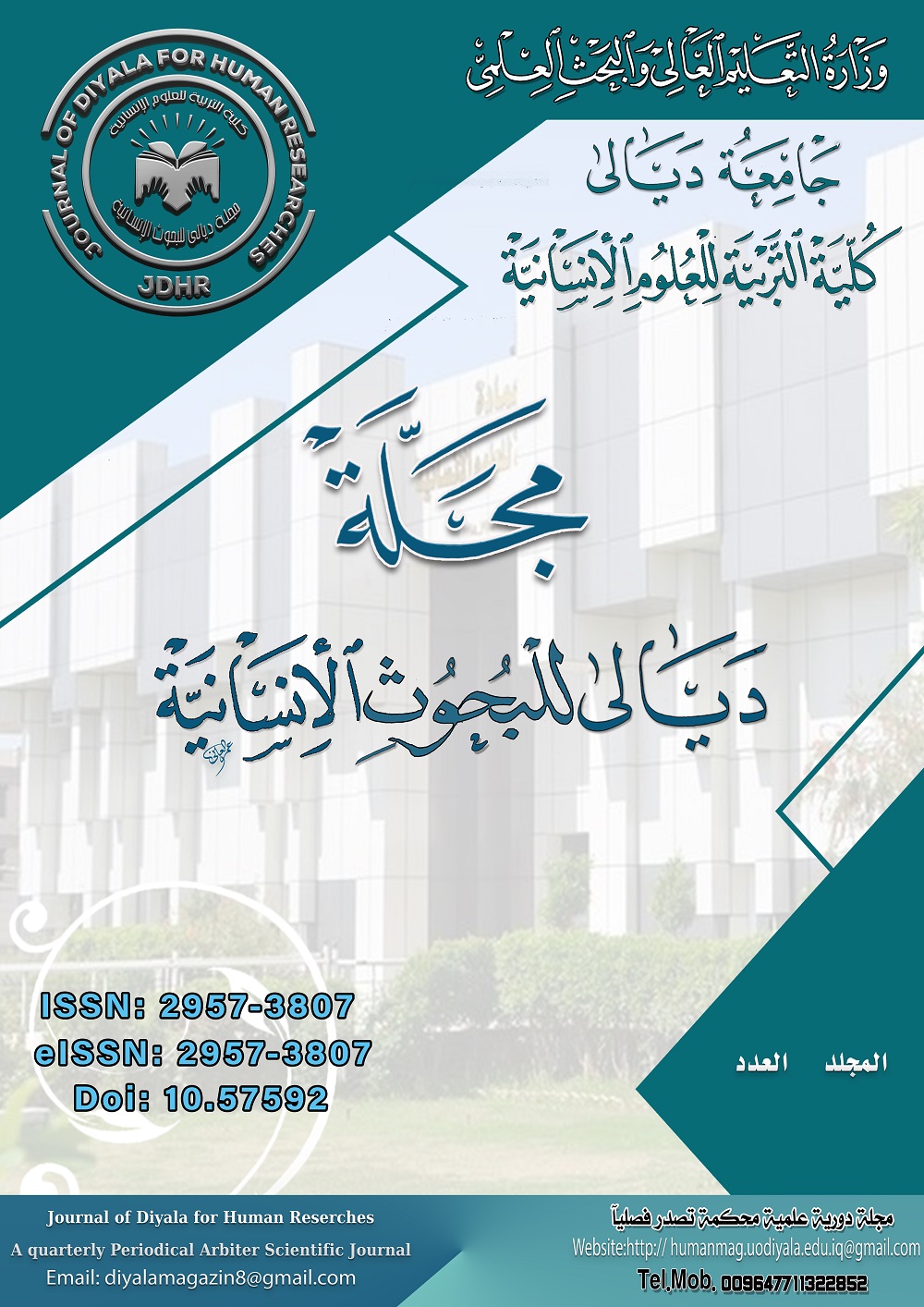Flouting Maxims and Hedging Cooperative Principles Applied in the Movie ‘Enola Holmes
Main Article Content
Abstract
This research analyzes the flouting and hedging of the cooperative principles in the Enola Holmes movie. In this study, the problems to be solved are the types of flouting maxims done by the characters, the types of hedging maxims done by the characters, and the motivations behind flouting and hedging the maxims. Methodologically, the study is conducted using a descriptive qualitative design. The data sources of this research are the Enola Holmes movie and its downloaded script. The data are collected by watching the movie and collecting the data from the script. The data analysis is based on the cooperative principle theory proposed by Grice (1975) and focuses on the strategies of flouting the maxims. Furthermore, it examines the hedges of cooperative principles as presented by Yule (1996). After identifying of 21 utterances being flouted and hedged, they are categorized according to the types of flouting and hedging the maxims. 12 utterances are identified flouting the maxims. The flouting of quantity occurs 7 times by 58.33 %, flouting of relevance occurs 4 times by 33.33 % and manner occurs 1 time by 8.33%. The results show that the characters consistently flout these maxims by giving too much or insufficient information, speaking vaguely, and presenting irrelevant information or responses. The flouting of quality is not used in the movie. On the other hand, hedging the maxims occurs in 9 utterances. The characters hedge the quality maxim 8 times by 88.89%, and the relation maxim occurs 1 time by 11.11%. Since the movie is mysterious and full of unpredictable events, the characters hedge quality to mark their uncertainty and inadequate proof. This is necessary to deal with many complex situations without revealing much. Moreover, the hedging of the relation maxim occurs when they expect the information is not relevant to the context of the conversation.
Article Details

This work is licensed under a Creative Commons Attribution 4.0 International License.
